Women are playing an increasingly important role in the Zambian mining industry, occupying positions of power and authority at all levels.
Whether it’s at major mines in North-Western province or the Copperbelt, women can be found working as lawyers, engineers, department heads, managers, laboratory technicians, truck drivers, control-room operatives and blast-supervisors.
In an age where women are flying commercial aircraft and piloting spacecraft, it is perhaps no longer that big a deal to see them also playing a meaningful role in the global mining industry.
A key reason for the growing role of women in mining is the extent to which technology has changed modern mining practices, and made it easier for women to do the same work as men. A hundred years ago, mining was hard, labour-intensive work, and physical stamina and endurance were key job requirements. Today, mines are at the cutting edge of modern technology, and there is much less emphasis on physicality and far more on numeracy, literacy and specialist skills.
Technology has greatly facilitated the entry of women into the mining industry
“If you look at big mining companies, such as AngloAmerican, 22% of their workforce is female, and that is a big number if you consider where the industry came from – male domination,” a 3M mining leader, Terrance Visser, told Mining Weekly in a recent article. “Women were used to occupying positions in human resources at mine sites and mining companies, and were rarely associated with the work at the rock-face. This has changed over the years. Now we are seeing mine sites with women in management positions.”
In Zambia, as in other countries, more and more women are coming through the education system having studied mining-related subjects, both at university and technical schools. Although their number is still small, it helps to provide a pool of female talent for the industry.

For example, women are an integral part of the annual intake at Mopani’s $20-million training centre in Mufulira, which specialises in teaching future miners how to handle the practical, real-world situations they will encounter in the workplace.
First Quantum Minerals’ Kansanshi Mine is also training more and more women at the institute that it funds in North-Western province. Dubbed SOTTI – Solwezi Trades Training Institute – this school trains future miners in metal fabrication, electrical power and heavy equipment repair.
In order to further boost the number of women graduating from SOTTI, Kansanshi has sponsored an all-girl intake for 2017 by making 42 scholarships available to local female school leavers in the mine’s catchment area.
“We found that girls have been in the minority at SOTTI, even at application stage – so that’s why we have deliberately advertised for a girls-only intake this year,” says Kansanshi’s PR manager, Godfrey Msiska. “There’ll be no compromising on standards; this is about helping to redress gender imbalance.”
In Zambia and other mining countries, women are still in the minority in the mining industry; however, their number as a proportion of the overall mining workforce continues to rise. It is likely to rise even further as the global mining industry continues to battle a growing shortage of skills.
SEE ALSO: Wonder-women in mining

























